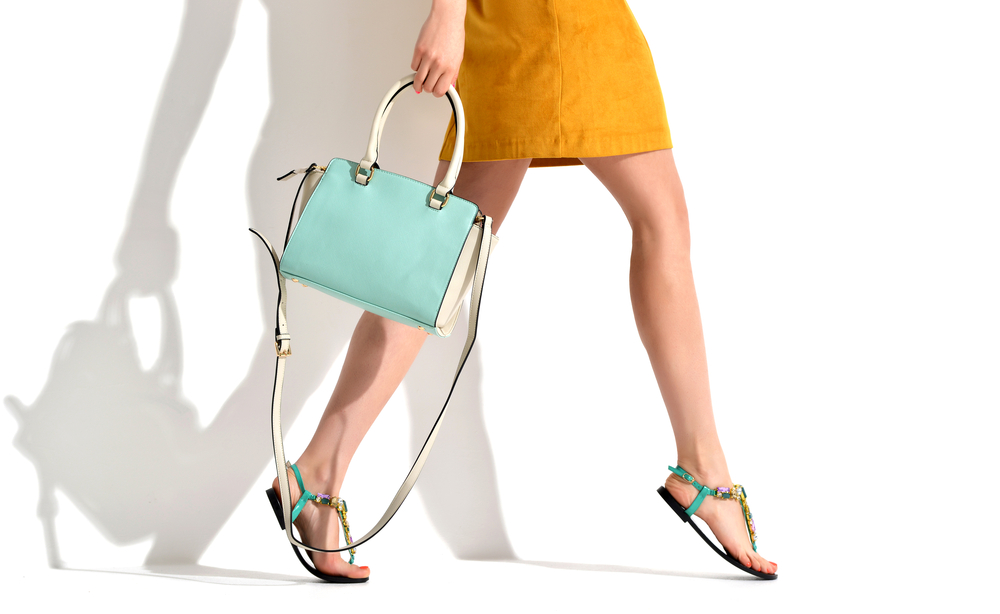As shoe lovers, we know what it’s like to kick off our heels at the end of the day and feel a sense of relief. After all, the phrase, “Beauty is pain” didn’t take hold for no reason. Despite their high style score, some pairs of strappy sandals, or even flats and slides can be pretty painful—until you break them in, that is. Unless your footwear is inherently uncomfortable (more on that, ahead), chances are that it will become more wearable with prolonged use. But how long does it take for that to happen? And how do you survive the process, or at least come out with the least amount of blisters possible?
To help us out, we turned to pros Dr. Emily Splichal and Philippe Uter to answer all of our questions about how to break in shoes the right way.
Go for a Walk—at Home
Spoiler alert: Breaking in shoes isn’t something that will happen overnight. It takes time and is, unfortunately, a gradual process. “I advise my patients to break in shoes—especially heels—by walking around their home and in a venue that won’t require prolonged standing or walking,” says Dr. Splichal.
Bring a Backup
If you’re eager to wear your new pair of shoes out, go right ahead. But be sure to carry an additional, more comfortable pair that you can change into if needed. “Always have a backup pair of shoes if you are going out all day and are concerned they may rub or irritate the foot,” Dr. Splichal recommends.
Find the Right Fit
To avoid any discomfort when breaking in new shoes—or at least, minimize the pain—wear footwear that fits. Thanks to the ease of online shopping, it’s tempting to buy a pair of shoes that you haven’t tried on. But if you find that they’re either too small or too big when they arrive and you slip them on, return them (your feet will thank you). “Make sure that a shoe you are breaking in is appropriately sized; if it is more than half a size too small then it may not stretch or break in sufficiently to properly fit,” says Dr. Splichal. “Too small of shoes can cause bunions, hammertoes, corns, blisters, neuromas, and bursitis in the foot,” she adds.
Opt for Natural Materials
Whether you’re shopping for clothes or footwear, natural fabrics are the way to go. Not only are they more breathable, comfortable, and of better quality than their synthetic counterparts but they are also better at breaking in, says Dr. Splichal. “I also break shoes in by stretching the fabric or leather with my hands, and massaging them until they’re less stiff,” adds Uter.
Avoid Blisters
So, you already know your shoe is painful and will require a bit of breaking in—now what? According to Dr. Splichal, you can take precautions to avoid blisters. “Use moleskin on areas that are blister-prone, such as heels or by the big toe,” she suggests, as well as apply petroleum around the toes.
Get Rid of Problematic Pairs
“In time, over repeated wearing, most shoes will break in appropriately,” Dr. Splichal tells us. However, if your shoes are still causing you pain after repeated wear, it might be time to think about moving on. “I’d say if a pair of shoes keeps giving you blisters after several uses and are painful the moment you put them on, then it’s not worth wearing them. The potential damages to your feet are just not worth it.”








